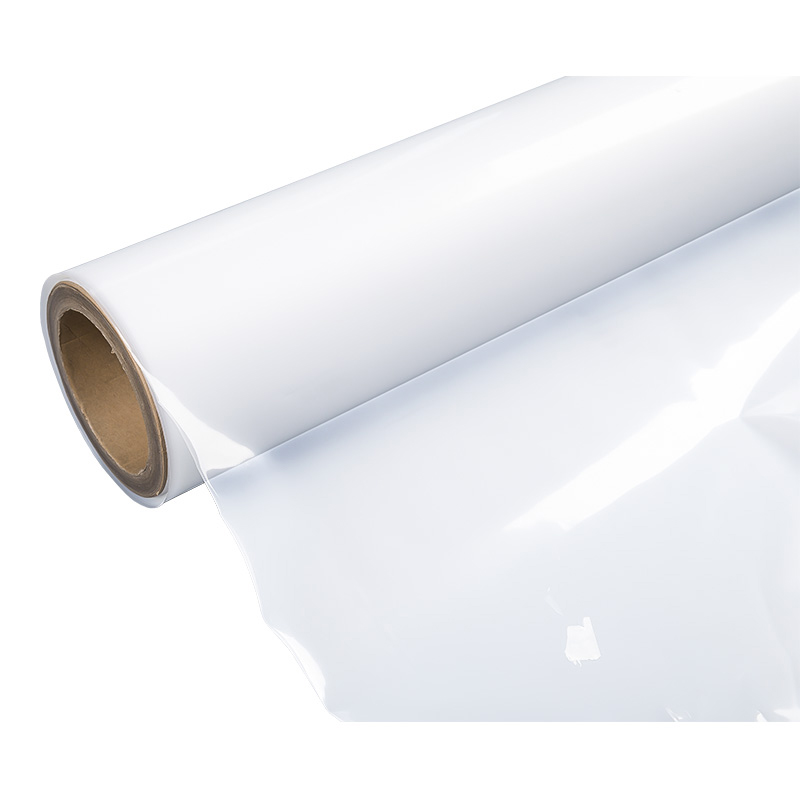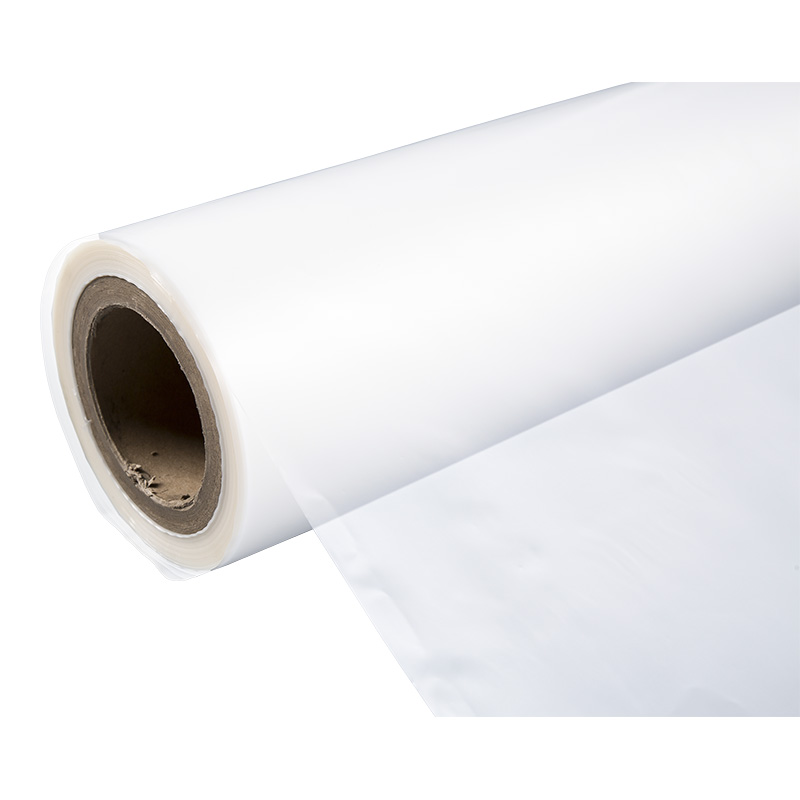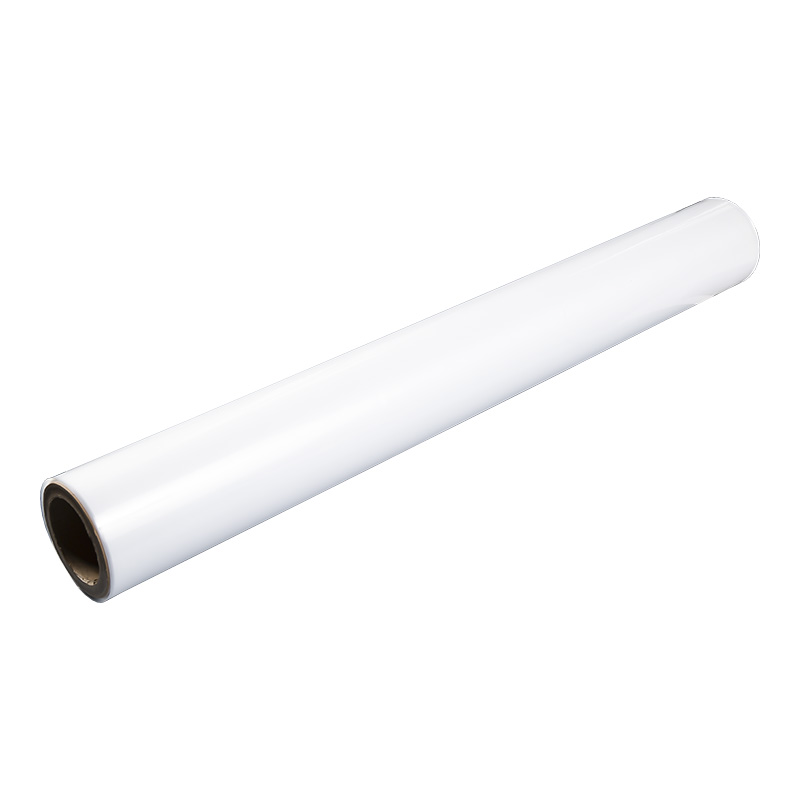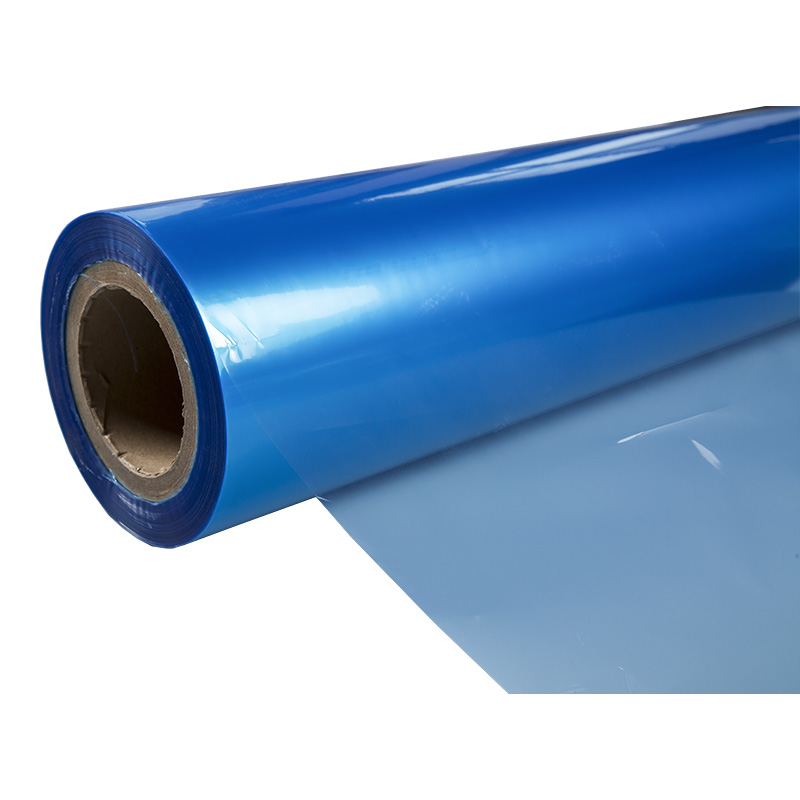Understanding the Multi-Layer Structure of Reinforced Medical Packaging Film
Reinforced medical packaging films are engineered composites, typically consisting of three or more distinct layers laminated together to achieve superior performance characteristics that no single material can provide. The outer layer is often designed for durability and printability, resisting abrasion during handling and transportation while allowing for clear product identification and tracking information. A central core layer, frequently made from a robust material like polyester or nylon, provides the primary reinforcement, granting the film its exceptional puncture and tear resistance. Finally, the inner layer, which forms the seal and comes into direct contact with the medical device, is formulated from a thermoplastic polymer that delivers a consistent and reliable hermetic seal under specific heat and pressure conditions. This synergistic combination of materials creates a formidable barrier that protects the sterile contents from external threats throughout the distribution lifecycle.
Evaluating Key Performance Properties in Sterile Barrier Systems
The primary function of any medical packaging film is to maintain the sterility of the device until the moment of use, acting as the main component of the sterile barrier system. Key properties must be rigorously evaluated to ensure this integrity. Puncture resistance is paramount, especially for devices with sharp edges or points, preventing accidental breaches during handling or stacking. Similarly, tear resistance, both initiating and propagating, ensures that any small nick or imperfection does not lead to a catastrophic failure of the package. Beyond mechanical strength, the material must exhibit low permeability to gases and moisture vapor, effectively blocking microbial ingress and protecting sensitive devices from degradation due to environmental humidity. These properties are not independent; a high tear resistance is meaningless if the puncture resistance is low, and vice versa, which is why a balanced performance profile is essential for a reliable sterile barrier.
Examining Sterilization Compatibility of Reinforced Films
Medical devices undergo rigorous sterilization processes, and their packaging must withstand these harsh conditions without compromising its protective qualities. Reinforced films must demonstrate compatibility with major sterilization modalities. For ethylene oxide (EtO) sterilization, the film must allow for adequate gas penetration to achieve sterility inside the package while also permitting efficient aeration to remove toxic gas residues. When considering gamma or electron beam radiation sterilization, the film must not become embrittled or discolored from the high-energy exposure, which could weaken the material over time. Steam sterilization, or autoclaving, presents a challenge of high heat and pressure, requiring films that can maintain seal integrity and dimensional stability under such demanding conditions. Selecting a film that is specifically validated for the intended sterilization method is a non-negotiable step in the packaging validation process.
Selecting the Right Reinforced Film for Heavy Medical Devices
The packaging for heavy, bulky, or complex-shaped medical devices places extraordinary demands on the packaging material. Standard films may be insufficient for protecting expensive surgical sets, orthopedic implants, or large diagnostic equipment. For these applications, reinforced films with high tensile strength and exceptional burst resistance are critical. The selection process involves a detailed analysis of the device's weight, its sharpest protrusions, and the stresses it will encounter during shipping and storage. The stiffness of the reinforced film is also a consideration, as it contributes to the overall rigidity of the final package, preventing it from collapsing onto the device and potentially causing damage or compromising the sterile barrier. The goal is to choose a film that provides a robust, protective cocoon, ensuring the device arrives in perfect, sterile condition, ready for immediate use in a clinical setting.
Ensuring Package Integrity and Extending Product Shelf Life
Ultimately, the value of a reinforced medical packaging film is measured by its ability to guarantee long-term package integrity and extend the shelf life of the medical product. This involves a combination of the physical properties already discussed and the quality of the seals. The film must be capable of forming strong, consistent heat seals that are resistant to delamination, even under stress. Furthermore, the entire package system must undergo rigorous validation testing, including:
- Internal pressure tests (e.g., bubble leak tests)
- Dye penetration tests
- Real-time and accelerated aging studies
These tests simulate the challenges of distribution and storage over the product's intended lifespan. By creating an impervious barrier to contaminants and maintaining seal strength over time, high-performance reinforced films provide the confidence that a medical device will remain safe and effective for its entire labeled shelf life, thereby reducing waste and ensuring patient safety.
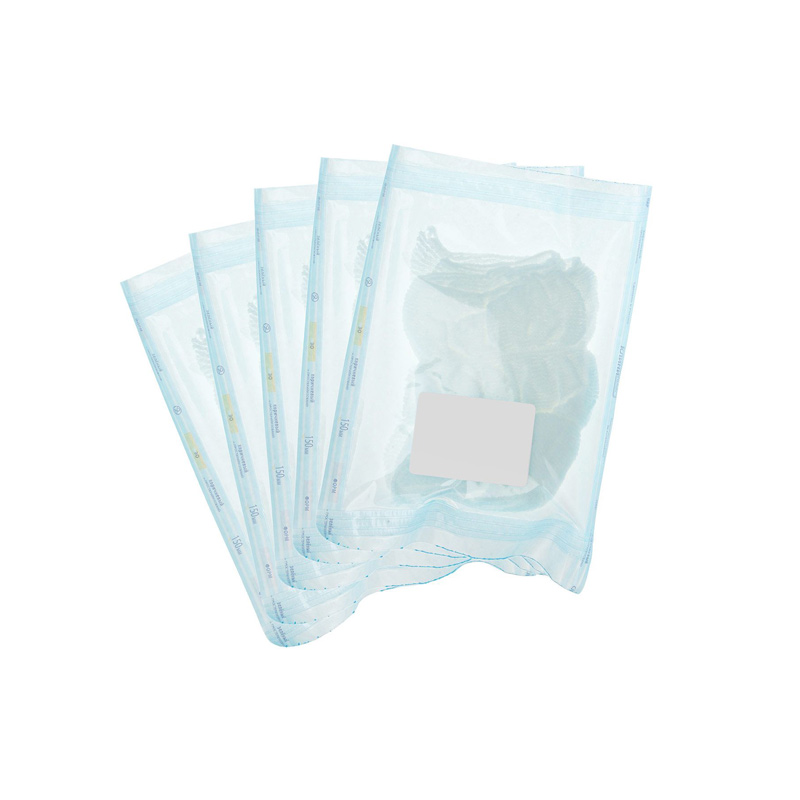
 +86 139-6715-0258
+86 139-6715-0258 
 Monday to Friday 8 am. to 6 pm.
Monday to Friday 8 am. to 6 pm. 
 English
English 中文简体
中文简体
